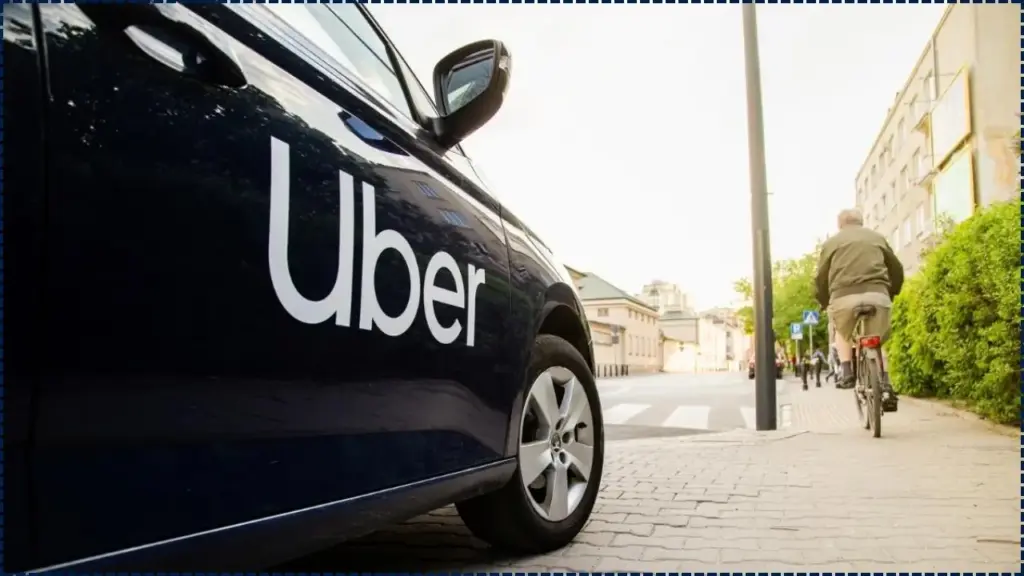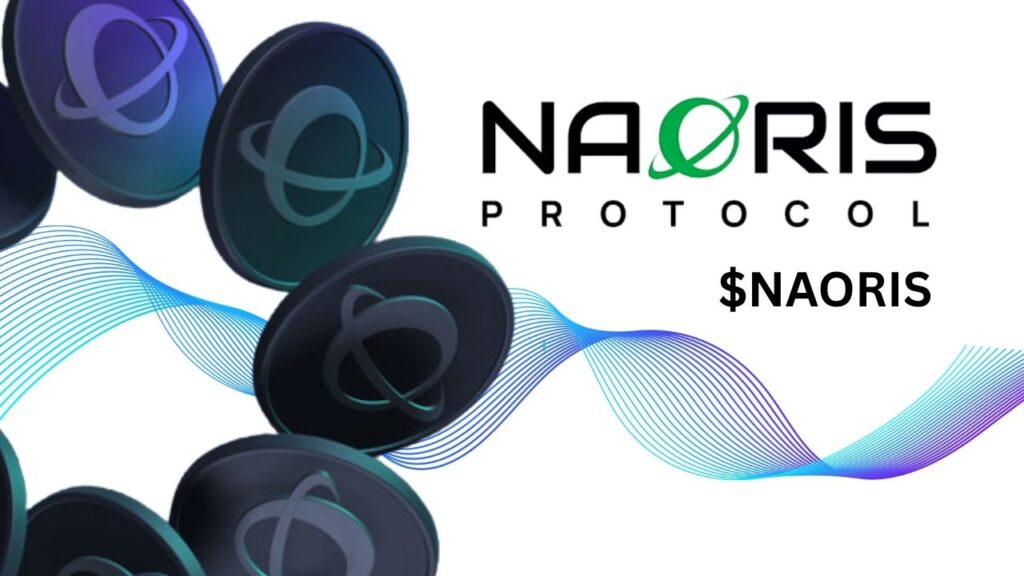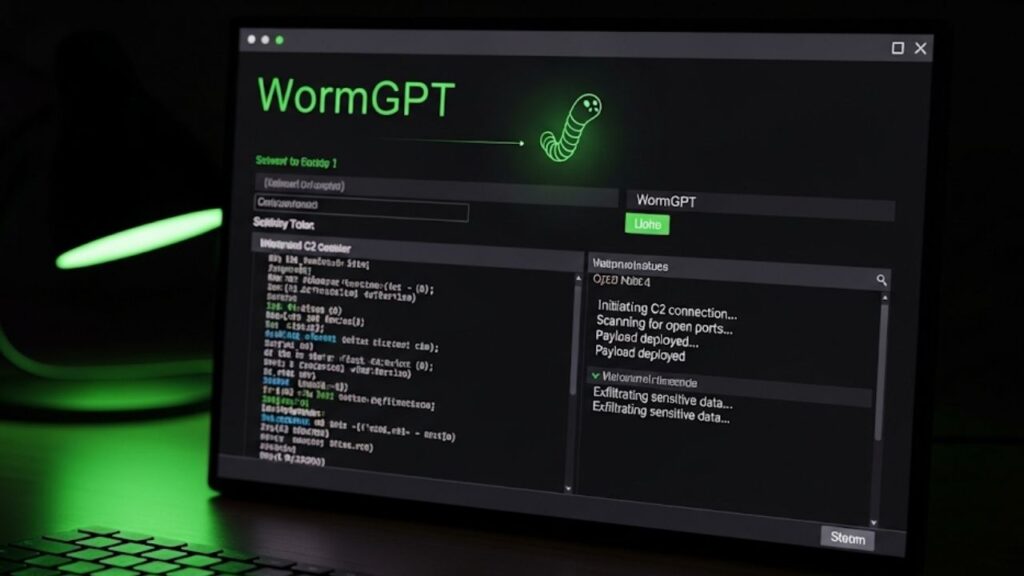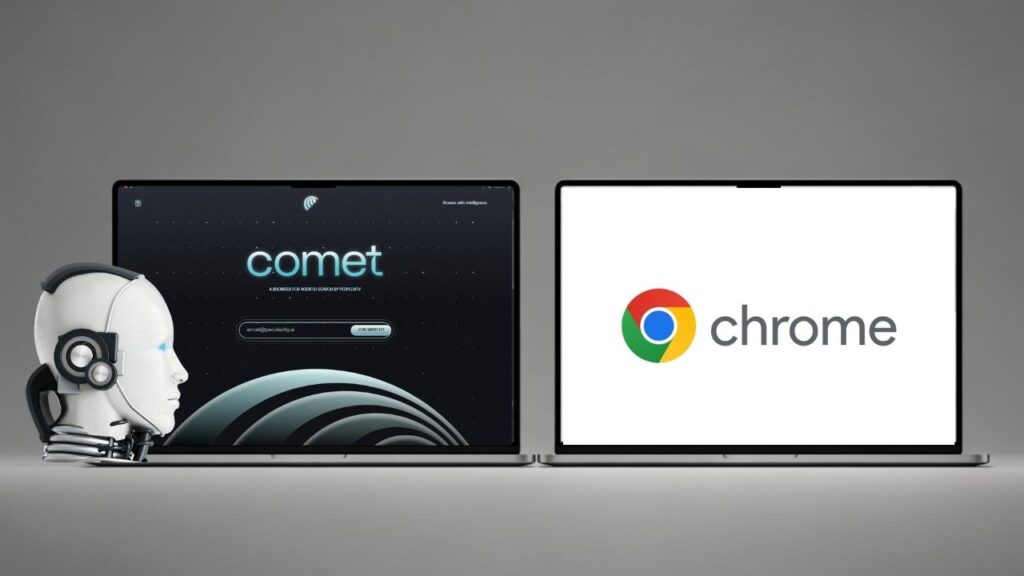In a significant push toward sustainability, Uber has unveiled a new incentive program that aims to encourage drivers to transition from traditional gasoline-powered cars to electric vehicles (EVs). This new initiative, which offers up to $4,000 in grants to eligible drivers, comes in response to the expiration of the federal electric vehicle tax credit, marking a pivotal step in the company’s broader sustainability goals.

Table of Contents
Uber Rolls Out New Incentives Offering Drivers
Uber is offering drivers up to $4,000 to switch to EVs, available in select U.S. states, including California, New York, Colorado, and Massachusetts. These grants are available to drivers who meet certain eligibility requirements, including membership in Uber’s Pro program and a commitment to purchase a new or used electric vehicle. Additionally, drivers can combine this grant with a $1,000 discount on EV purchases made through Uber’s partner, TrueCar, resulting in potential savings of up to $5,000.
| Key Fact | Detail/Statistic | Source |
|---|---|---|
| Incentive Amount | Up to $4,000 for eligible drivers | Uber Press Release, October 2025 |
| Program Scope | Available in select states: CA, NY, CO, MA | Uber Official Website |
| Additional Discount | $1,000 off EV purchases through TrueCar | TrueCar, Uber Partnership |
| Total Savings Potential | Up to $5,000 | Uber Press Release |
The program follows the federal government’s expiration of its $7,500 tax credit for new EV purchases. This transition comes at a time when numerous other states and companies are also increasing their efforts to incentivize EV adoption among consumers.
Incentives like Uber’s new $4,000 grant program are essential for accelerating the transition to electric vehicles within the ridesharing industry. By offering these incentives, Uber is not only addressing environmental concerns but also providing critical support for its drivers, many of whom face significant financial barriers to EV adoption.
As the company continues to develop its “Uber Electric” service and expand its EV initiatives, the success of this program will be key to achieving its broader sustainability goals. As of now, Uber’s efforts mark a positive step toward a greener future, though challenges remain, particularly in ensuring equitable access to these incentives for drivers across the country.
Context: Uber’s Sustainability Push
Uber’s new initiative is part of the company’s wider strategy to meet its long-term sustainability objectives. Over the past few years, the rideshare giant has been pushing for a greener fleet, committing to transitioning its entire network to electric vehicles by 2030.
This new incentive program is a critical component of that effort, designed to make the switch to EVs more financially feasible for drivers while also reducing the carbon footprint of the company’s massive vehicle fleet.
The program also aligns with a broader push for sustainability within the ridesharing industry, as rivals like Lyft and other local transportation services explore similar incentives. These companies are responding to consumer demand for environmentally friendly transportation options, especially as cities around the world ramp up regulations to reduce emissions from urban transport.
A Strategic Move for Uber’s Future
Uber has rebranded its previous “Uber Green” service to “Uber Electric” as part of this strategy. The new service, which is designed to exclusively offer zero-emission rides, is an effort to increase the appeal of EVs among both drivers and passengers.
As part of this, Uber is also expanding its “battery-aware” trip-matching system to 25 countries. This system helps drivers with electric vehicles better manage their trips based on their vehicle’s battery levels, reducing anxiety over range limitations.
The adoption of electric vehicles within Uber’s fleet is expected to significantly reduce its overall carbon emissions, as the ridesharing company works toward its goal of achieving net-zero emissions by 2040. By offering grants and discounts to drivers, Uber aims to incentivize the rapid transition to electric vehicles, aligning with environmental standards and addressing concerns about the long-term sustainability of the company’s operations.
Expert Commentary on the EV Transition
Dr. Emily Carson, an environmental policy expert at the Institute for Sustainability, noted, “Uber’s move to incentivize EV adoption among its drivers is a critical step in the larger movement toward decarbonizing the transportation sector.
As one of the largest rideshare companies globally, Uber has a unique opportunity to shape the market and encourage both consumers and drivers to embrace electric vehicles, especially as environmental regulations tighten across major markets.”
Dr. Carson also emphasized that while Uber’s efforts are commendable, the availability of charging infrastructure and the affordability of EVs remain significant challenges to widespread adoption. “For this transition to be successful, it’s crucial that Uber works with local governments and private partners to expand charging networks, particularly in underserved areas.”
Challenges and Limitations of the Incentive Program
While the initiative has been met with enthusiasm by environmental advocates, some critics point out the challenges that Uber drivers may face in accessing and benefiting from the incentives. For one, the program is currently limited to drivers in specific states, leaving out many potential participants.
Additionally, the eligibility requirements—such as membership in Uber’s Pro program and the need to purchase a new or used EV—may limit participation, especially for drivers who are unable to afford the upfront costs of an electric vehicle, even with the subsidies.
Moreover, the transition to EVs is not without its difficulties. While electric vehicles generally offer lower operating costs than traditional gasoline-powered cars, the initial purchase price remains a significant barrier for many drivers.
Although the $4,000 grant and additional discounts from TrueCar may ease this burden, some Uber drivers may still find the transition financially challenging without further governmental support or incentives.
The Broader EV Landscape and Industry Trends
Uber’s incentives are part of a much broader trend within the transportation industry. As federal and state governments have ramped up their efforts to curb emissions, many automakers and tech companies are shifting focus to EVs.
Tax credits and other subsidies have played a key role in boosting EV adoption, and Uber’s move to incentivize its drivers aligns with efforts from other players in the mobility sector, such as Lyft and other micro-mobility services, who have similarly announced green initiatives.
In some cities, local governments have also provided additional incentives for drivers to transition to electric vehicles. For example, California has been a leader in pushing for EV adoption, with rebates and rebates for clean energy cars being widely available. Uber’s efforts will need to be combined with these policy frameworks to ensure the transition is accessible for all drivers.
Related Links
Tesla Faces New Recall Impacting Over 76,000 Vehicles Across the U.S.
Looking Ahead: What’s Next for Uber’s Sustainability Plans?
As Uber works to meet its ambitious sustainability targets, this new incentive program marks a key milestone in its efforts to reduce its carbon footprint. The company has committed to transitioning to a fully electric vehicle fleet by 2030, but with only a small portion of its current fleet consisting of EVs, it will require widespread adoption by drivers to meet this goal.
Furthermore, Uber’s incentive program could signal a shift in the broader rideshare industry. If successful, the program may pave the way for other companies to follow suit, creating a competitive push for greater EV adoption within the sector. As demand for zero-emission rides grows, Uber’s investments in EV infrastructure, including expanded charging stations, could prove crucial in ensuring the success of its strategy.
The introduction of Uber’s $4,000 grant for EV adoption may also spur further innovation in how ridesharing companies incorporate electric vehicles into their fleets. More cities are setting ambitious emissions reduction goals, which could make programs like Uber’s more common and influential in reshaping the future of urban transportation.
FAQ About Uber Rolls Out New Incentive Offering
Q: How can Uber drivers apply for the $4,000 grant?
A: Eligible drivers can apply for the incentive through Uber’s official website or by contacting Uber support.
Q: Is the $4,000 grant available to all Uber drivers?
A: No, the grant is available to drivers in select U.S. states and who meet certain eligibility criteria, including participation in the Uber Pro program and the purchase of an EV.
Q: Will the Uber Electric service be available nationwide?
A: Currently, Uber Electric is available in select locations, with plans for broader expansion as more drivers transition to EVs.



















